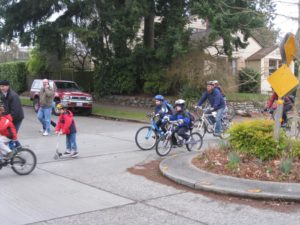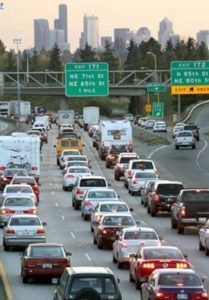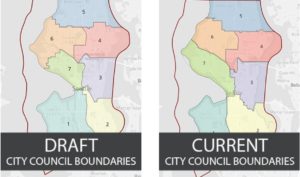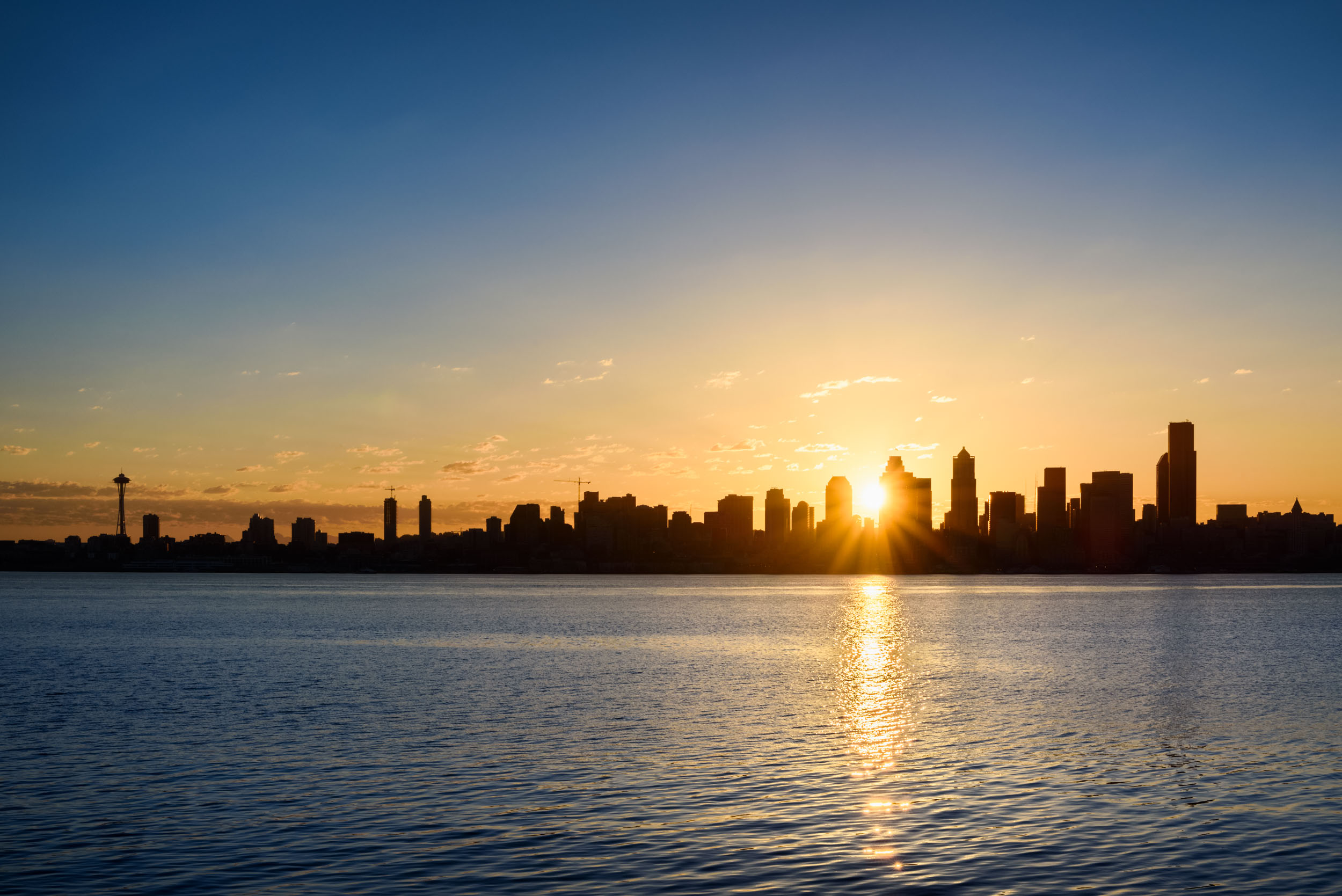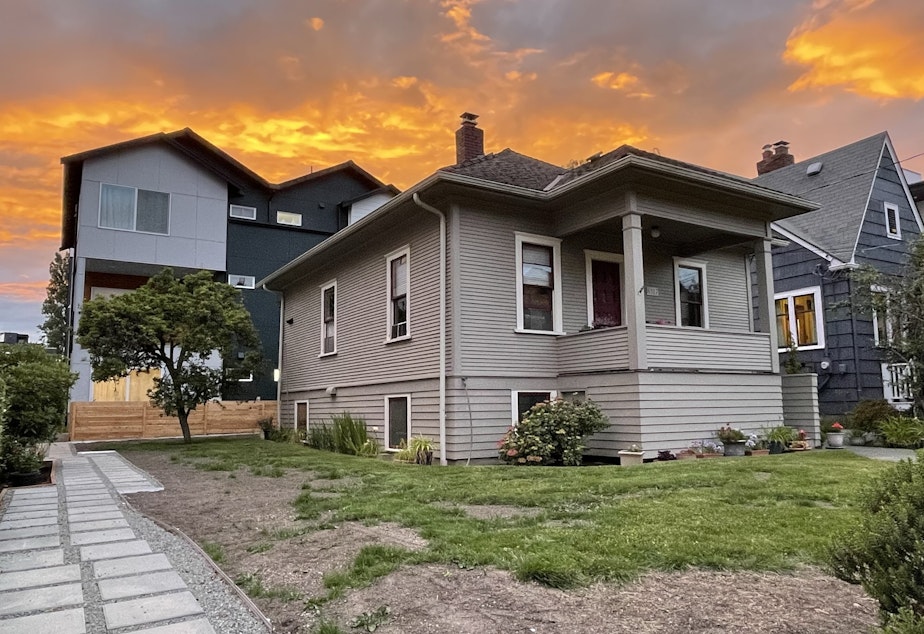12th Ave NW Basin Drainage Improvement Project Update
Below is the most recent project update from Seattle Public Utilities.
Project Update, August 2022
Last month, we reached out with an update on the 12th Ave NW Basin Drainage Improvement project to share that the construction of the pipe and conveyance elements was slated to begin in late July or early August 2022. Since then, construction has begun, and the contractor has completed the following tasks:
- Replaced sanitary sewer maintenance holes
- Pruned trees to make room for construction equipment
- Staged materials along the street to expedite installation
- Checked for underground utility conflicts on NW 125th St
The contractor started the underground work at the intersection of 10th Ave NW and NW 125th St, and their plan is to continue working eastward along NW 125th St until reaching 6th Ave NW. Following that, they will relocate to 11th Ave NW, moving northward along 11th Ave NW between NW 120th St and NW 122nd St. They will then work along NW 122nd St between 11th and 10th Ave NW. The last leg of construction will then take place along 10th Ave NW, between NW 122nd St and NW 125th St. Please see the highlighted area on the map below for the work areas.
Due to an unforeseen conflict with a water main and the proposed storm pipe, the current work along NW 125th took a temporary pause. The contractor’s work is expected to resume today, August 31. You might have seen the contractor doing minor work in other parts of the project area during this pause. SPU crews plan to resolve the water main conflict on September 1, and properties that will experience water service interruptions have been notified.
The contractor will soon be staging two large water treatment tanks within the project area’s right-of-way, most likely along NW 122nd St. These tanks will minimize project-related sediment pollution by removing sediment from water used during construction before the water is discharged into the system. We will reach out directly to homes that are near where the tanks will be staged.
The underground work is expected to be complete in 2022. Final paving is weather dependent and planned for early 2023. Work will take place Monday through Friday, from 7am to 4pm.
Map showing underground pipe and conveyance work area
Anticipated Impacts
During construction you can expect:
- Construction-related noise, dust, vibrations
- Restricted street parking near work zones
- Partial lane closures
- Equipment being stored in the right of way
- Temporary access restrictions and limited access to some driveways during daytime working hours
Pedestrian access and access for essential services (such as emergency vehicles, mail delivery and garbage pickup) will always be maintained.
Any temporary access limitations to driveways will be communicated in advance by the construction management team.
Construction Safety is Everyone’s Job, check out some top safety tips at: www.seattle.gov/utilities/constructionsafety
Natural Drainage System Project Update
The project team is close to reaching 90% design completion on the Natural Drainage System (NDS) project elements. The project team will be reaching out to residents in the immediate project area in the next month, and will be providing opportunities for the broader community to learn more about the NDS project in the upcoming months.
Looking ahead
We will continue sending monthly email updates with the latest information about the anticipated project schedule, construction progress, and impacts. Please encourage your neighbors to sign up by visiting our project website.
If you live near the Natural Drainage System portion of the project, please keep an eye out for a mailer or email update with opportunities to connect with the project team and learn more about the upcoming NDS construction.
Thank you!
We want to thank you for your patience during construction. We know construction can be disruptive, and we appreciate your understanding as we work to complete this necessary upgrade to your neighborhood’s drainage system. We always strive to make our projects as easy on the community as possible.
As always, if you have a question about the project, please feel free to contact the project manager directly by emailing Sierra.Gawlowski@seattle.gov
Best,
Broadview Project Team


